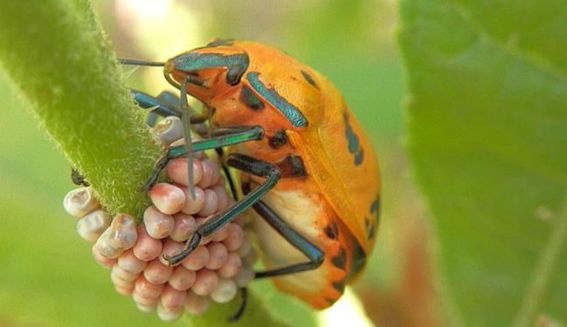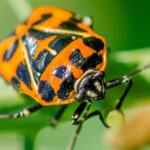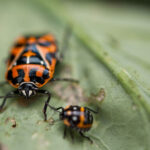Your cart is currently empty!
Damage
The harlequin bugs feed on over 50 species of plants but have a strong preference for the family of Brassica, which includes cabbage, broccoli, cauliflower, and mustard. They are also the secondary pest of various fruits and vegetable crops such as beans, cantaloupe, onion, and tomato. Both nymphs and adults feed on plant tissue using their piercing and sucking mouthparts. This can cause yellow or white blotches at the feeding site following wilting or deforming. Heavy infestation may result in plants turning brown and dying.






